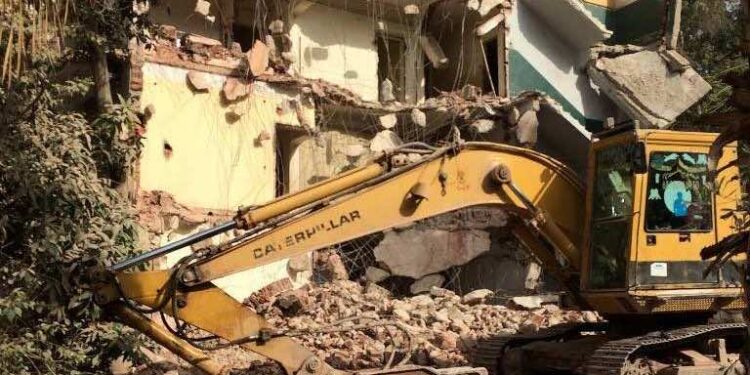Would you stand for your Identity?
It was a story like no other, Brits and Egyptian Jews came in, bought some land from the Khedive himself along the Royal (now military) train tracks and then Maadi was birthed.
With a vast array of different architectural building styles, interesting people and stories to keep you entertained till the end, Maadi has morphed into a relaxed green compound that is any architecture student’s dream.
Disclaimer: Pictures courtesy of Samir Raafat. www.egy.com
I have lived in Maadi all my life, from schools to friends’ places to clubs, cafes, sidewalks and trees, Maadi was and remains part of the family.
Maadi is beautiful, safe and breathtaking. Maadi is home, Maadi is family, Maadi is the haven.
Maadi was the birthplace of the suburb/compound concept in Egypt and Cairo. Being at the south and by the Nile, Maadi is enclosed within very clear boundaries and is governed by a very strictly urban planning and architectural strategies.
When one, in the early days, went to Delta Land company to purchase a house in Maadi, he/she was obligated to keep safe distances from neighbors, not to exceed a certain height and to, more importantly, dedicate at least a third of the land to gardens/orchards.
All roads are a specific width and all building have a specific height, doesn’t seem very hard, does it?
Maadi managed to keep its traditions of safety, greenery and privacy like any other self-respecting compound until the 90s with occasional tearing down of villas and trees by 2nd and 3rd generation owners who fail to respect the identity of Maadi and want a quick buck. Which is fine, if you live in Maadi, you learn the peace and serenity of letting go and choosing your battles wisely.
Speaking of battles, back in 2003 I believe, the District of Maadi made two large mistakes, one I managed to win and the other I sadly lost.
I managed to preserve the trees of Canal road, the trees are at least 130 years old and were the sight of several iconic films such as Abd El Halim Hafez’s Banat El Youm, that is heritage for you if you can define heritage.
I lost the battle of Egypt’s first and only automatic hydraulic water pumping system based by the Virgin Mary Monastery and Church by the Maadi Nile. This system extended all through Maadi and is responsible for watering all trees and gardens with unprocessed and unfiltered water directly from the Nile, preserving the greenery while being cost efficient and environmental friendly.
The head of the Maadi district back then tore down the main water pump for no reason whatsoever and now the trees are watered with filtered processed damaging water that costs a lot of money.
Maadi is under destruction
Now, in 2017 we are faced with the tearing down with many gems of Villas and Mansions in blatant disregard to Law number 119 for the year 2008 that declares Maadi a district of special architectural and urban heritage thus making the Prime Minister the sole person authorized to issue building and tearing down of any zone in Maadi in accordance with aesthetic guides and historical importance withstanding.
I hear accusations of racism and classism towards residents of Maadi requesting their hometown being kept the way it always was, my question to you is, if I come into your home, tear it down, make it cluttered, noisy and change it completely, can I call you a racist then?
Take Action
If you care for beauty, greenery and Egyptian heritage, support the cause here with your signature and make it clear that we want Egypt to remain the way it is.
If you have buildings, you think are in danger of being torn down and you feel are heritage of our rich country please let tweet me or email me. I will help you preserve your identity.





























